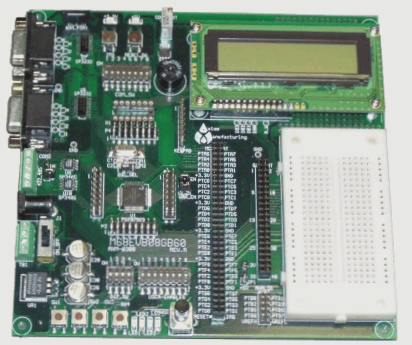Mixed-Signal PCB Layout and Wiring Techniques
The design of the OC48 interface card, which stands for Optical Carrier Standard 48, showcases advanced mixed-signal PCB layout and wiring techniques. This standard is focused on high-capacity optical communication, specifically 2.5GB serial optical communication.
Key Features of the OC48 Interface Card:
- Integration of various mixed-signal PCB layouts and routing challenges
- Utilization of an optical transceiver for bidirectional signal conversion
- Incorporation of microprocessor, programmable gate array (PGA), and system interface circuit
- Integration of phase-locked loops, power filters, and local reference voltage sources
Layout and Routing Recommendations:
When addressing mixed-signal PCB layout issues, it is crucial to follow specific procedures to ensure optimal performance. Considerations include:
- Recommendation for 12-layer boards to enhance impedance control
- Isolation of sensitive analog components from digital devices
- Minimization of impedance between power supply and ground layers
- Avoidance of coupling noise between digital clock lines and power layers
- Utilization of power and analog ground splits for mixed-signal devices
Additional Tips for Effective PCB Design:
- Utilize multiple outer layers for local power connections to reduce impedance discontinuity
- Maintain laminated symmetry to prevent card distortion
- Consider appropriate copper cladding plate thickness based on current resistance
- Adjust card thickness according to through-hole pad size for optimal performance
Manufacturing Considerations:
Before finalizing the layout and wiring of a mixed-signal PCB, it is essential to:
- Review special power supply wiring details with the manufacturer
- Base layering decisions on product specifications and impedance requirements
- Obtain written layering recommendations from the manufacturer
Simulation and Verification:
Verify signal routing characteristics using simulation tools and manufacturer recommendations to ensure precise CAD routing rule development.


